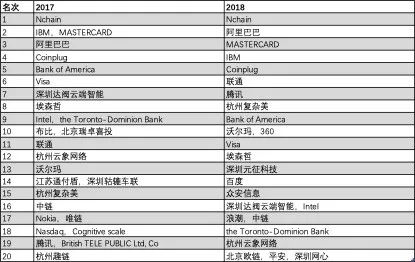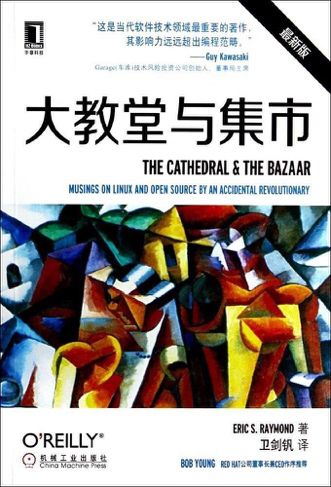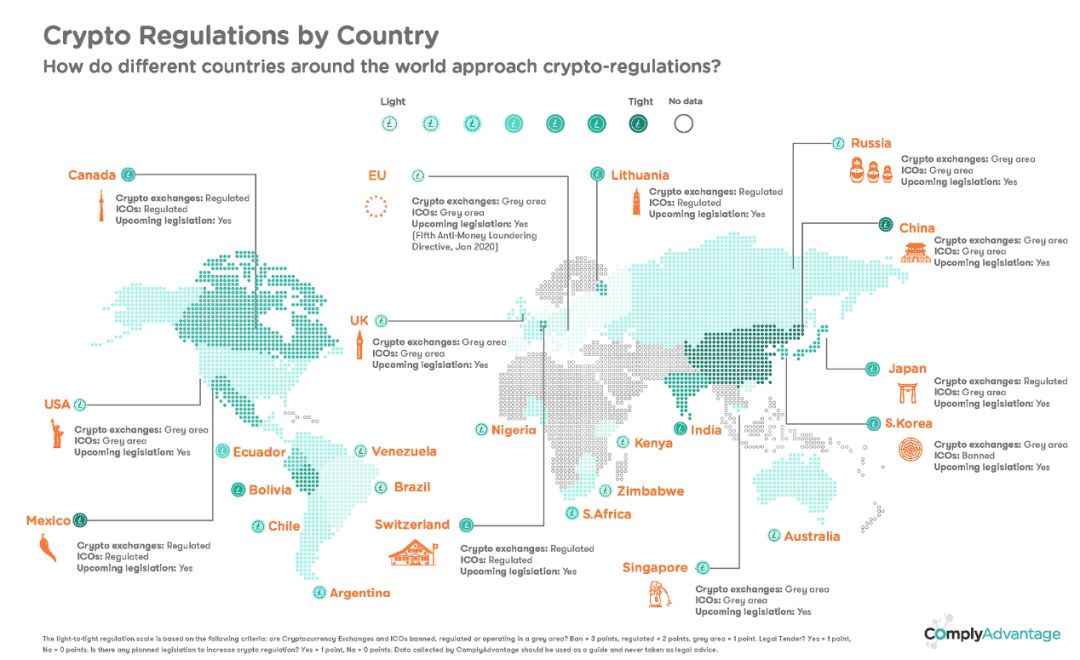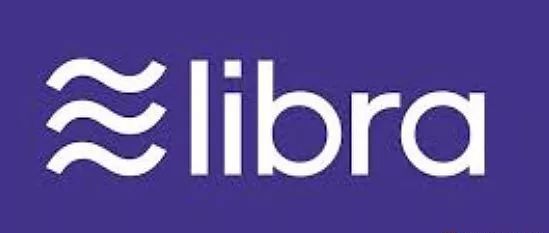Patent VS Open Source: How does China change lanes in the blockchain field?
Source: Generation
The historical development is so dramatic. A few weeks ago, the blockchain industry was chilling, and it was instantly ignited by a major policy of the country. In the near future, the promotion of various regulations, the mainstream media's crackdown on non-compliant blockchain projects, and the rapid cooling of the blockchain industry atmosphere…
- In the second half of the blockchain investment, is the organization running for admission?
- Official announcement! Bakkt cash settled bitcoin futures will go live on December 9
- Bitcoin fell below the 8000 mark, can the spot be admitted?
“Policies also need to be tailored to local conditions and teach students in accordance with their aptitude.”

It can be seen that if you look at the whole year of 18 years, Chinese patents account for 70% of global patents. In terms of trends, China's contribution to patents in the blockchain sector has increased from 27.9% in 16 years to 46% in 17 years to 70% in 18 years.

Here is a very interesting Nchain, very interesting, this is the main body of the BSV, has always firmly occupied the top of the patent. Behind the story of Ownen Cong, I believe that everyone in the currency circle is familiar with it.
Bitcoin is so, and so is the Ethereum , and the community is the most important project promoter to participate in the project's contribution.
This has to be acknowledged that it is very different from the domestic culture. Many foreigners' projects are very simple. They are to build a better tool, and they are willing to use various forces. In China, the concept of community is less heard. Without an open source culture environment, programmers contribute code to a company rather than a project.
However, we can see some good signs recently. Huawei, our proud domestic brand, has released its latest Hongmeng operating system. They have set up a project library on github, ready to gradually open the system. It is an important step in cultural integration.

- Reliability / stability / scalability is very important
- In addition to independent peer review, there are no other convenient ways to verify the correctness of design and implementation.
- The software is critical to the customer's business
- The software creates or runs a common computing or communication infrastructure
- Key methods (or methods that enable equivalent functionality) are public knowledge
So what is a "mouse" for a technology?
It should be to provide better services for human beings , or to help humans evolve . From this perspective, we should absorb the advantages of both patent and open source practices to form a more open culture. The key words here are openness, abandoning confrontation, and embracing each other's strengths to work together.
The market stream is characterized by throwing the project to the market and drawing a consensus through various games in the market. This market is of course not only refers to the secondary market, but to the comprehensive market including the government, end users, partners and other parties. .
The technology flow refers to the team or the project, or a few of the project-related partners have a consensus on the project, and often more technical.
It may be the verification of the theoretical model of the project's success, but this theoretical model has been in the process of development and polishing, and has not really turned to the market to accept feedback from the market.
The essential difference is that the scope of consensus between the two is different, and the strength of consensus is different. The consensus of the market is more extensive and the consensus is stronger.
The currency circle is more of another "technical" form: price, price or price.
In the past 19 years, many judgments on the project side have become a pull-up, justice, and price represents everything. Of course, there are some technical projects that are very much devoted to the underlying development, but because the price is rather bleak, it is considered to be of little value. It is such two extreme technological flows that cause a split, and the opposition will only make the future uncertainty of the overall industry become larger and the difficulty of supervision increases.

A typical project is bitcoin. On a global scale, the regular army (most of the national sovereignty, government departments, technology companies, etc.) and the guerrillas (anarchists, geeks, hackers, etc.) now recognize the existence of bitcoin, or maybe some It has not been considered legal, but at least recognizes the rationality of its existence.
Then look at the recent Blockstack, the formal level, he was recognized by the SEC, is the first legal ICO fundraising project (of course, also need to do a certain KYC), in the traditional currency circle, also received some people in the community Recognized, there are many community people contributing code to it, which is itself the token form of ERC20. Coin Security also assisted in fundraising and listing.
not enough?
There is also JPMorgan's stable currency, Libra in the game, Coinbase on the exchange, the recent opening of Bakkt trading volume, and the compliance platform Coinlist. These projects are also worthy of the standard, and they are undoubtedly recognized by the wider scope. It also means that these targets can reach the talents, funds and resources of the wider space in the future .
A concept that is very hot in 19 years is called the radical market. In the open source community, there is a concept called the worse the better. Both of them actually advocate the problem of product and project operation in a market way.
The radical market is relatively more extreme. It broadly expresses the idea that a market mechanism is designed so that those who need more revenue from the market must bear more costs . The worse the better, the more emphasis is placed on interacting with the market and then iterating quickly .
These are the essence of the market flow and a better way to promote project development.
“Hold the market and embrace the future.”


Looking back at the country, since September 17th, the policy aspect is relatively conservative. In terms of compliance, there are not many bright targets. However, we can see that after 1024 this year, there have been some encouraging changes in the market. After the country's high-light positioning of the blockchain, the policy began to pick up. There are already compliance companies exploring in various directions, including:
- Central Bank launches DCEP
- According to Tianyue data, on October 31, a company named “National Chain Digital Asset Trading Service (Guangdong) Co., Ltd.” was incorporated in Zhaoqing City, Guangdong Province with a registered capital of 10 million yuan.
- For bitcoin mining, the original clean-up and rectification has gradually changed to use the basic mining new industry growth point.
These positives indicate some good directions, but we all know that the real pain points behind us have not been solved in the currency circle – the quality coin circle project has not yet received sufficient policy tilt .
In fact, the two can be described in terms of technology implementation, governance structure, and implementation concepts. There are quite a few articles on the Internet that compare and analyze their differences. Interested students can search and learn by themselves. Here are two things I want to say:
Second, what is the consequence of confronting competition?
Behind it is the willingness of two big powers to expect to lead the new financial paradigm in digital currency. It has also been mentioned that the current global regulatory environment has not fully adapted to the new changes in the digital currency field, so the success of these two projects will represent the right to speak in the new era of digital.
So apart from the differences in the project itself, the content and direction they are trying to be are strategic highlands behind the big countries that need to be occupied.

And Libra represents a digital currency solution that tends to decentralize (at least will) community-based collaboration, and the community will continue to make a variety of contributions to its code for its governance (we can see the pure white matrix development based on Move IDE tool).

Complex economics tells us the power of path dependence. Once one of the forked paths proves to be viable, it may lead to a state of final locking, which becomes the future standard.
The first is open . Whether it's patent/open source or docking with the market, all we need is to maintain a more open mind and truly embrace the advantages of two completely different behaviors. Like CEFI and DEFI, which have been debated in the currency circle, it is better to have a hybrid and finally form their own unique style to achieve maximum consensus.
The second is finance . This is especially true in the game between DCEP and Libra. The standards of the future financial system may be rewritten.
Here is a quote from the briefing blockchain Xiao Feng: He believes that in the traditional global financial market, it is quite difficult for China to achieve “big overtaking” in the competition, but the blockchain creates a parallel with the traditional global financial market. The new financial market, although the new financial market is still in a small and fragile stage, its potential and growth rate is extremely fast. "With the development and development of this market, China is likely to become a frontrunner, even affecting the formulation of rules, having a first-mover advantage in the competition, and eventually becoming a winner in the new financial sector. "
To meet the new future of open finance, each of us should be ready.
We will continue to update Blocking; if you have any questions or suggestions, please contact us!
Was this article helpful?
93 out of 132 found this helpful
Related articles
- Jianan Technology Landed on NASDAQ: The First Block of the Global Blockchain was born
- Fundraising has shrunk nearly 80% after Jianan Technology went public
- The central bank, the SAFE, and the banking associations led the banking blockchain alliance, and the troika attacked the international financial market.
- Want to go to the "profit road" Blockchain analysis company Chainalysis layoffs 20%
- Study the Times and publish a comment: the development of blockchain must handle five relationships
- Market analysis on November 22: The downward trend of BTC has basically been clear or the market is low
- The Ethereum difficulty bomb started, the block time increased and the block reward decreased.





